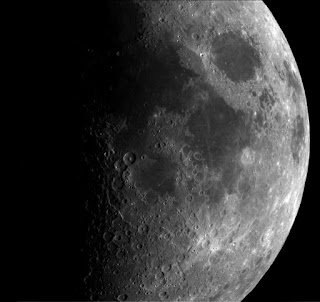Proxima centauri
Proxima Centauri is a small, low-mass stars located 4.244 light-years (1.301 pc) away from the Sun in the southern constellation of Centaurus. Its Latin name means the "nearest [star] of Centaurus". This object was discovered in 1915 by Robert Innes and is the nearest-known star to the Sun. With a quiescent apparent magnitude of 11.13, it is too faint to be seen with the naked eye. Proxima Centauri forms a third member of the Alpha Centauri system, being identified as component Alpha Centauri C, and is 2.18° to the southwest of the Alpha Centauri AB pair. Currently it has a physical separation of about 12,950 AU (1.94 trillion km) from AB and an orbital period of 550,000 years.
 |
| Source : nasa.gov |
| constellation | centaurus |
| type | red dwarf |
| distance | 4.244 light years |
| discovered in | 1915 by Robert innes |
| Orbital period | 550,000 years |
| age | 4.8 Gyr |
Proxima Centauri is a red dwarf star with a mass about an eighth of the Sun's mass, and average density about 33 times that of the Sun. Because of Proxima Centauri's proximity to Earth, its angular diameter can be measured directly. Its actual diameter is about one-seventh the diameter of the Sun. Although it has a very low average luminosity, Proxima is a flare star that undergoes random dramatic increases in brightness because of magnetic activity. The star's magnetic field is created by convection throughout the stellar body, and the resulting flare activity generates a total X-ray emission similar to that produced by the Sun. The mixing of the fuel at Proxima Centauri's core through convection and its relatively low energy-production rate mean that it will be a main-sequence star for another four trillion years.








Comments
Post a Comment
Help us by feed back and add and your sujection to us. .